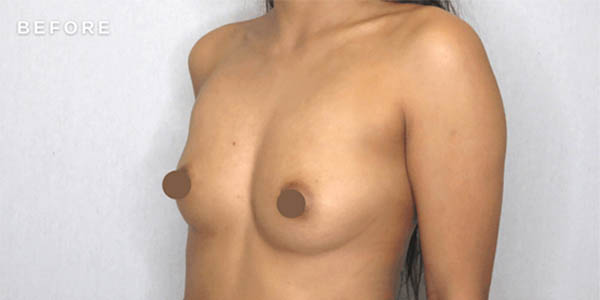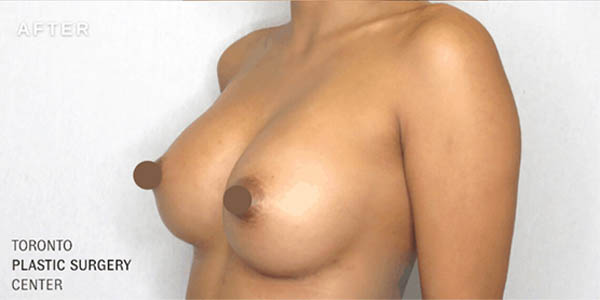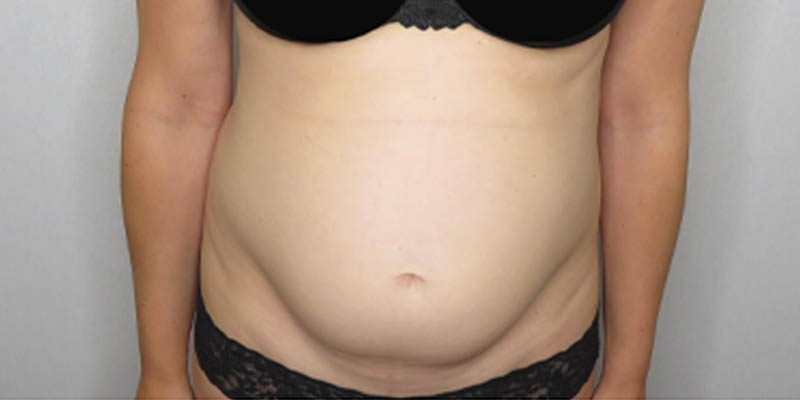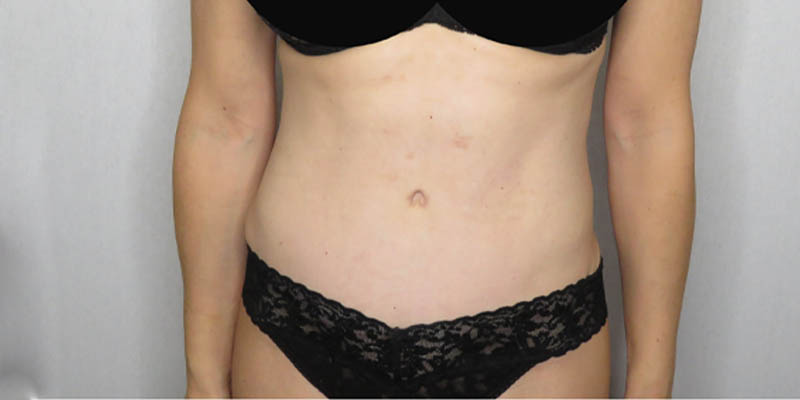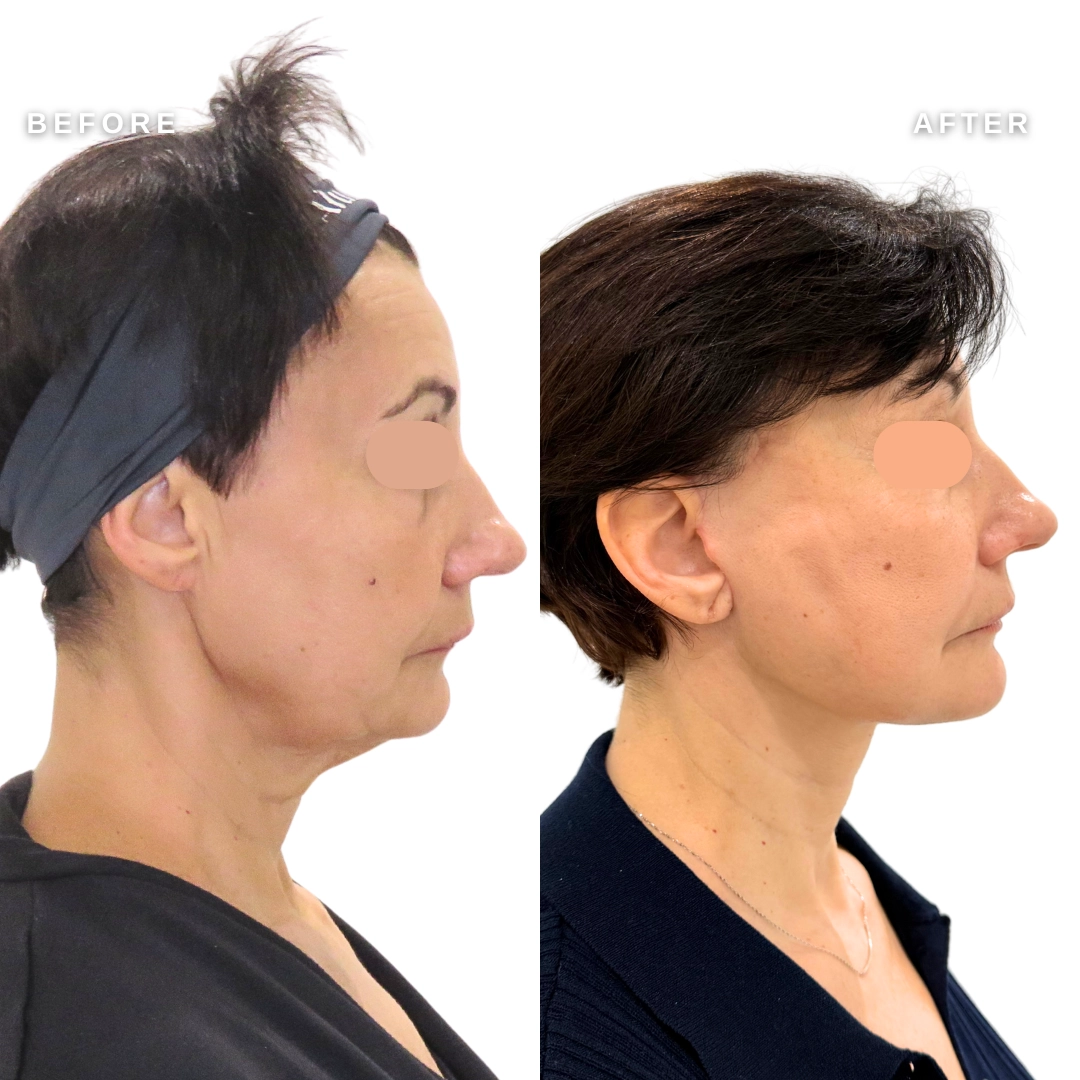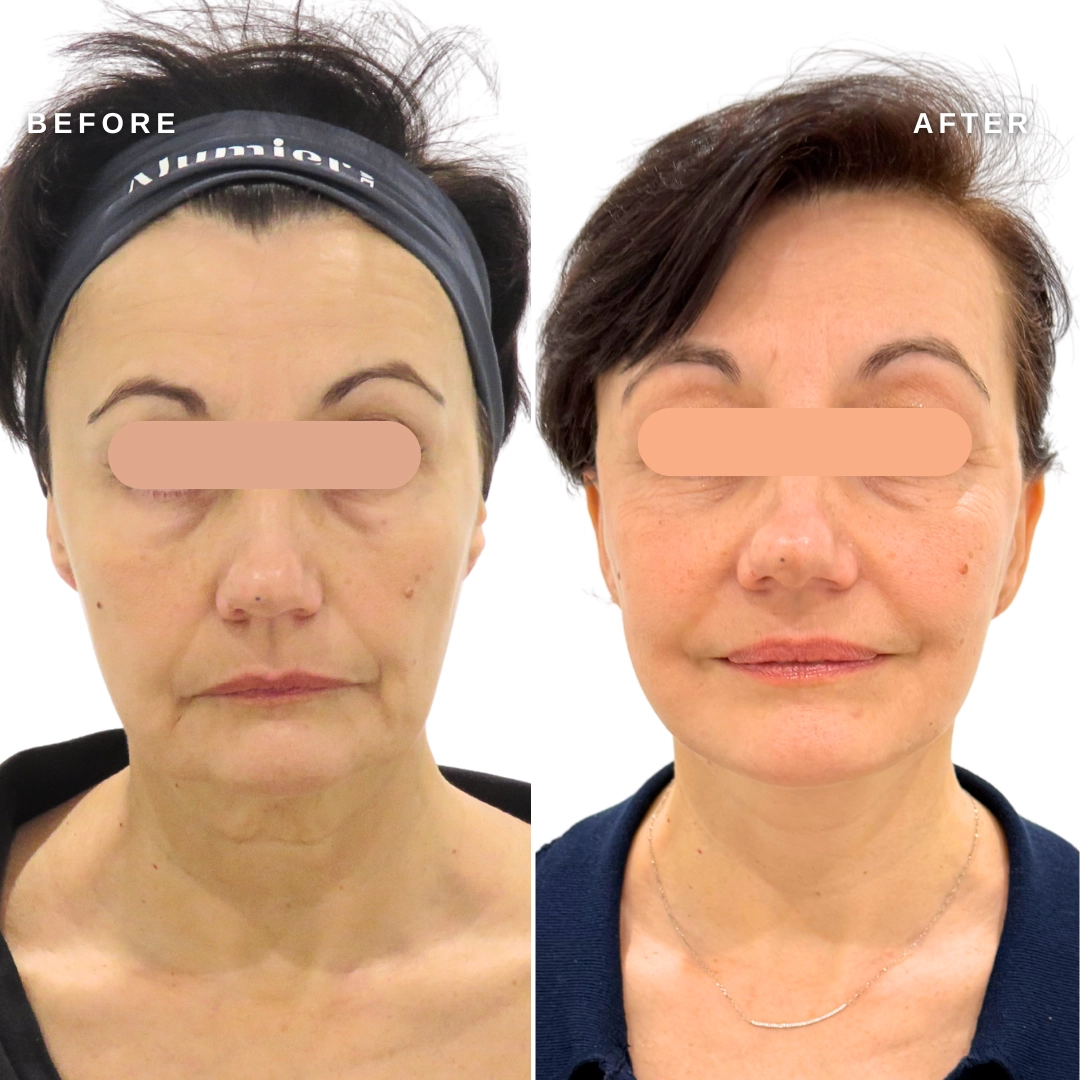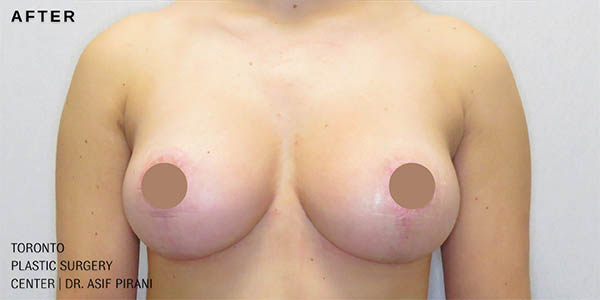- Body
- Breast
- Face
- Injectables
- BOTOX®, Dysport & Nuceiva
- Dermal Fillers
- Earlobe Filler
- Facial Slimming
- Gummy Smile Correction
- Hyaluronidase
- Hyperhidrosis
- Jawline Filler
- Lip Injections
- Non-Surgical Brow Lift
- Non-Surgical Double Chin Reduction
- Non-Surgical Facelift
- Non-Surgical Hand Rejuvenation
- Non-Surgical Nose Job
- Tear Trough Treatment
- Skin
- Male
- Gallery
- About
- Resources
- Contact
March 13, 2015
Widely celebrated as the new wonder drug, Botox has become the darling of the cosmetic treatment world for its versatility and effectiveness at erasing wrinkles and improving appearance.
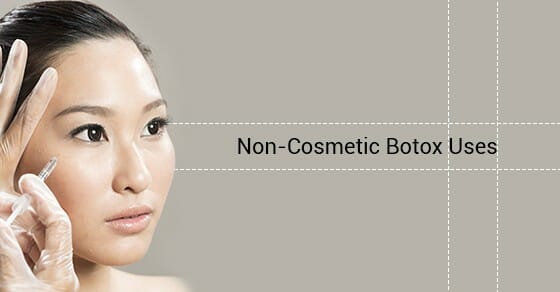
But there is more to this treatment than simply cosmetic benefits. In fact, the FDA has approved the use of Botox for the treatment of several medical conditions including:
Spasticity in the Upper Limbs
This condition is caused by overactive nerves causing muscle contraction and leading to debilitating stiffness in the joints of the arms. It may affect the elbows, wrists, or even fingers and, while not life threatening, can have a serious impact on a person’s physical capabilities and their quality of life. This condition most often occurs in cases of serious brain or spinal cord injury, stroke, cerebral palsy, or multiple sclerosis.
To treat this condition, doctors use physical therapy supplemented with Botox injections. The treatments are injected into the affected muscles to block the overactive impulses, helping to lessen the muscle contractions causing stiffness. This treatment can last up to three months and provides great relief and improved motor functions for these patients.
Hyperhidrosis
This medical condition causes excessive sweating that can reach levels as high as five times that of the average person. The excessive sweating of the underarm can occur even without the usual triggers of stress, exercise or heat, and often leads to profound feelings of social anxiety.
Botox treatments injected into the skin of the underarm has been shown to significantly reduce sweating, bringing it closer to expected levels. Approved for patients 18 years and older, the effects can last up to six months can be a real boon to those suffering from this condition.
Blepharospasm
Characterized by involuntary muscle clenching and blinking of the eyes, this can be a serious condition that affects the patient’s eyesight and their ability to perform everyday tasks. In severe cases patients have lost the ability to open their eyelids entirely.
For this debilitating condition Botox is now a standard treatment option. Approved in 1989 by the FDA, Botox is injected into the muscles around the eye in order to lessen their ability to contract involuntarily. This can greatly reduce the complications associated with the condition and free patients to live their lives comfortably once more.
Crossed Eyes / Strabismus
Affecting up to 4% of the population, crossed eyes are often caused by problems with the muscles surrounding the eyes. Many sufferers develop this condition as children, but it can occur later in life as well.
Small doses of Botox are injected into the muscles around the eyes in order to bring them into correct alignment. This treatment was also approved in 1989 and can be performed on children as young as 12 years old.
